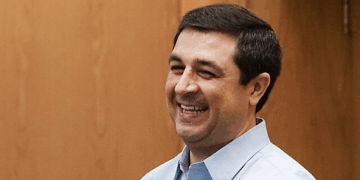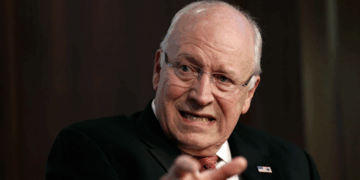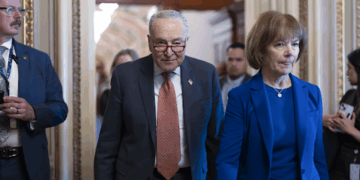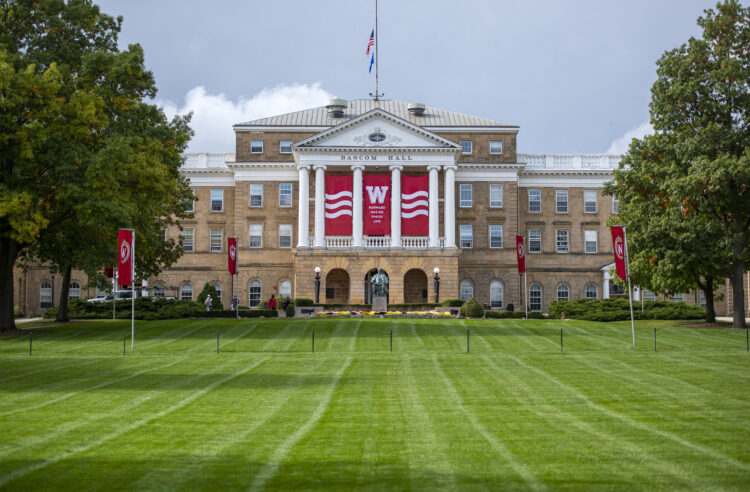Decline in Diversity Following New Admissions Rules
The University of Wisconsin-Madison’s incoming freshman class has seen a decline in the percentage of students of color, particularly underrepresented minority groups, following a landmark Supreme Court decision that restricted race-conscious admissions. This change reflects the on the ground implications of the U.S. Supreme Court’s ruling, which overturned decades of affirmative action policies in higher education, favoring a meritocratic approach to admissions.
Race No Longer a Factor in Admissions Decisions
This shift aligns with the Supreme Court’s position that race should not be a deciding factor in college admissions, correcting a system that had long relied on racial preferences to diversify student populations. The ruling, which follows a more conservative judicial approach under the Roberts Court, has emphasized equal treatment under the law and established a more neutral, race-blind framework for university admissions.
Merit-Based Admissions Take Priority Over Racial Preferences
The Supreme Court’s decision directly challenges the race-based policies of previous decades, which often prioritized racial diversity over merit-based selection. By ending affirmative action, the Court seeks to restore fairness, ensuring that students are admitted based on academic achievement, not racial background. This move brings the U.S. closer to a truly colorblind admissions process—one that mirrors the values of equality and meritocracy that higher education should embody.
Impact on Enrollment Numbers by Race
In concrete terms, UW-Madison saw 76 fewer Hispanic students, 55 fewer Black students, and 13 fewer biracial students enroll in this year’s freshman class. Meanwhile, the number of Asian students increased by 45, and 525 more white students joined the class compared to the previous year. This shift is important because it highlights the impact of the ruling, which favors an admissions process centered on academic merit rather than racial background.
Financial Aid Programs and Recruitment Efforts
Despite these declines in certain racial categories, UW-Madison’s efforts to recruit students through economic-based programs, such as Pell grants and tuition promises, have continued to support underprivileged students, according to the University. The university has also maintained stable numbers of Asian and international students.
A Long-Term Solution to Previous Court Policies
In the long term, this decision aims to resolve inequities created by race-conscious admissions, ensuring that students are evaluated by their abilities, not their race. The Roberts Court, bolstered by justices appointed during the Trump administration, should be commended for addressing these imbalances, helping to solve a complex issue that stemmed from earlier court rulings promoting affirmative action.
A Commitment to Fairness and Equal Opportunity
The meritocratic shift underscores a commitment to fairness, fostering an educational environment where achievement is the primary criterion, and all students are given equal consideration under the law.

































